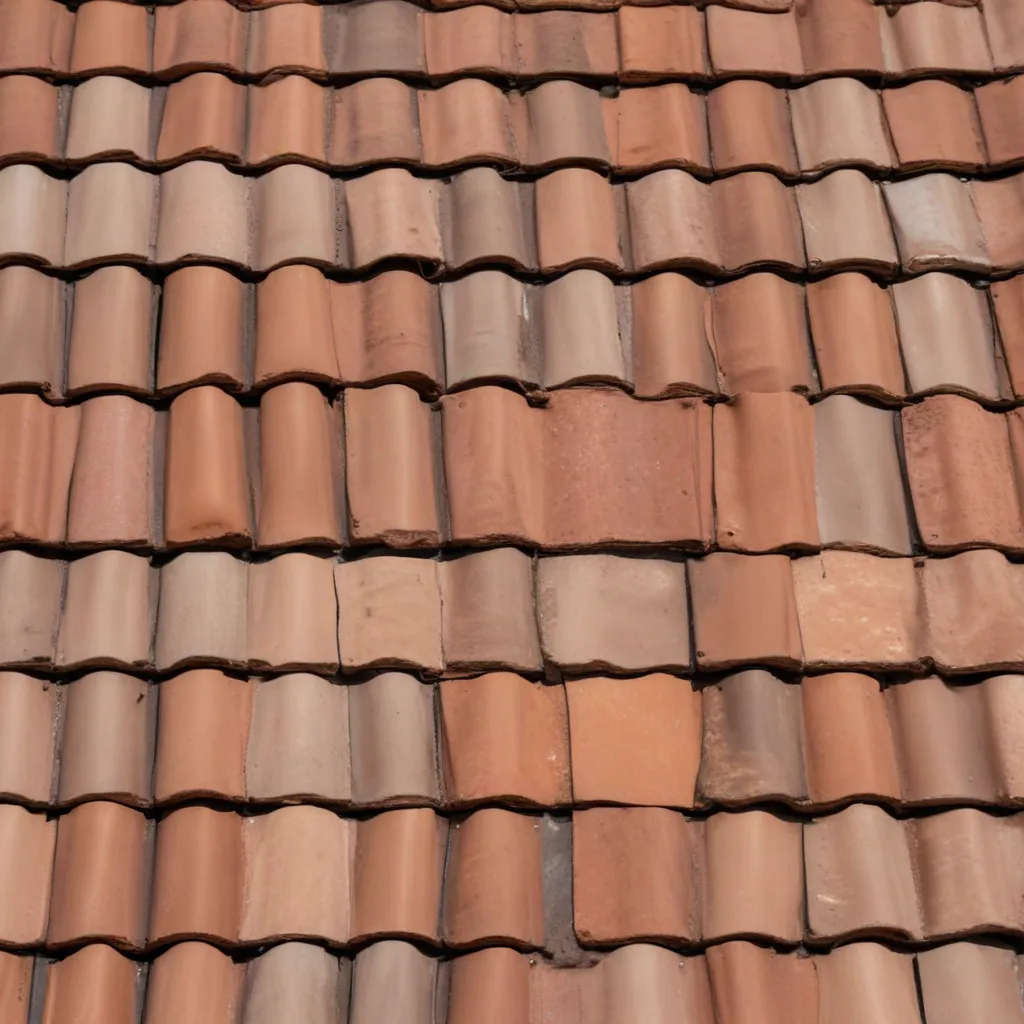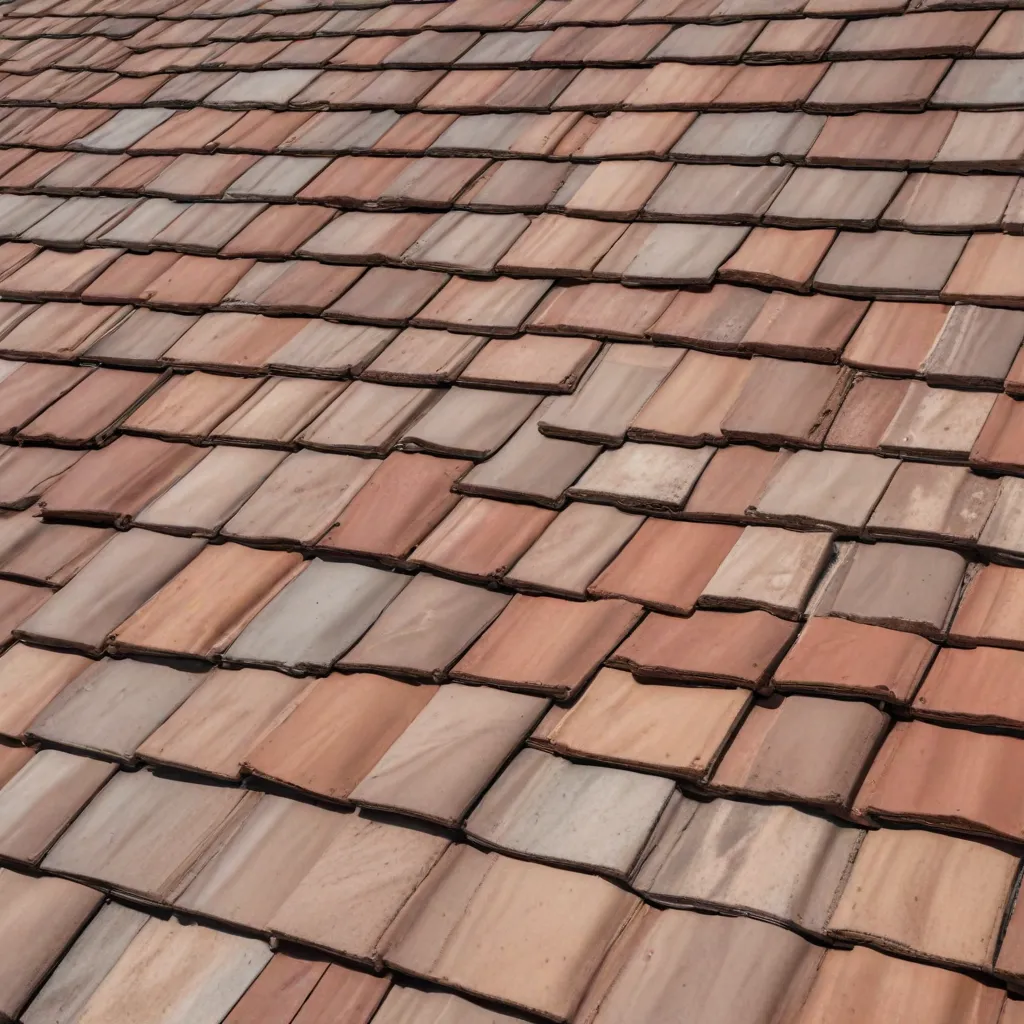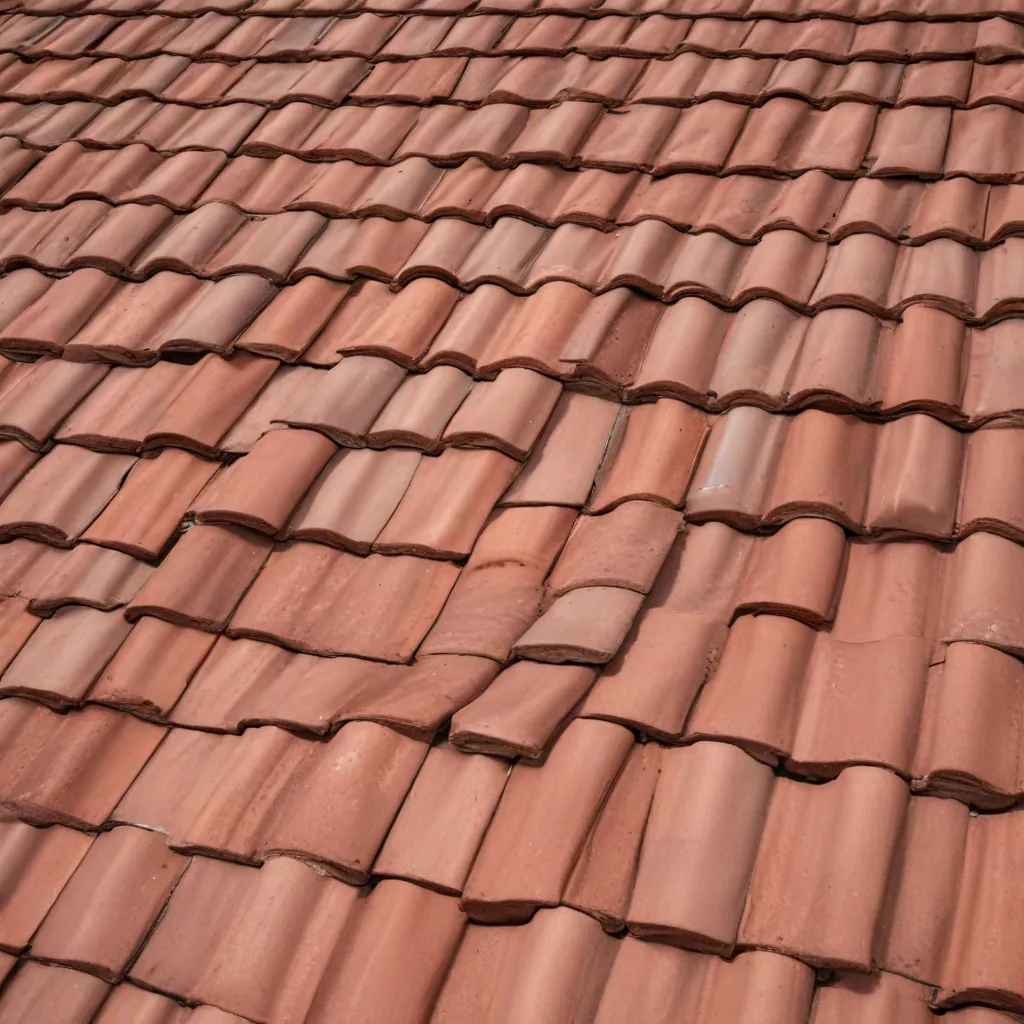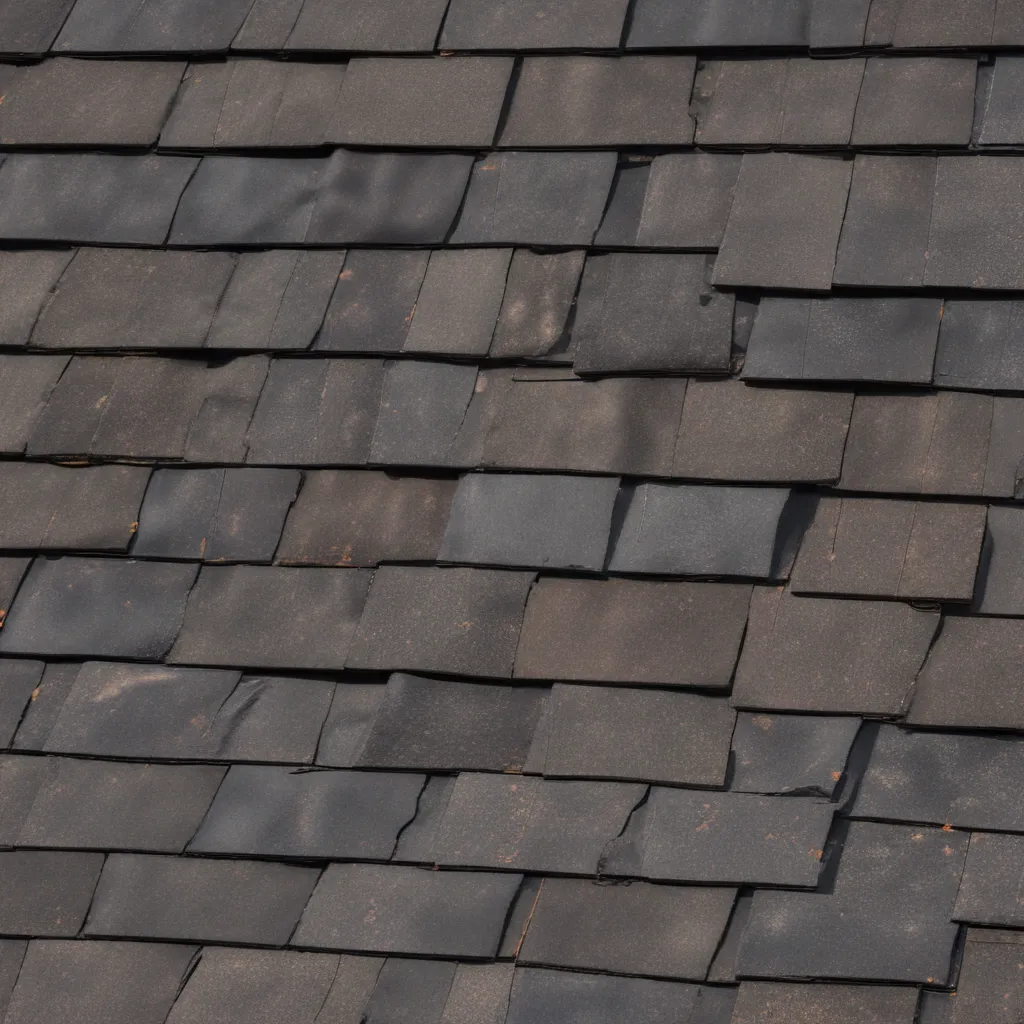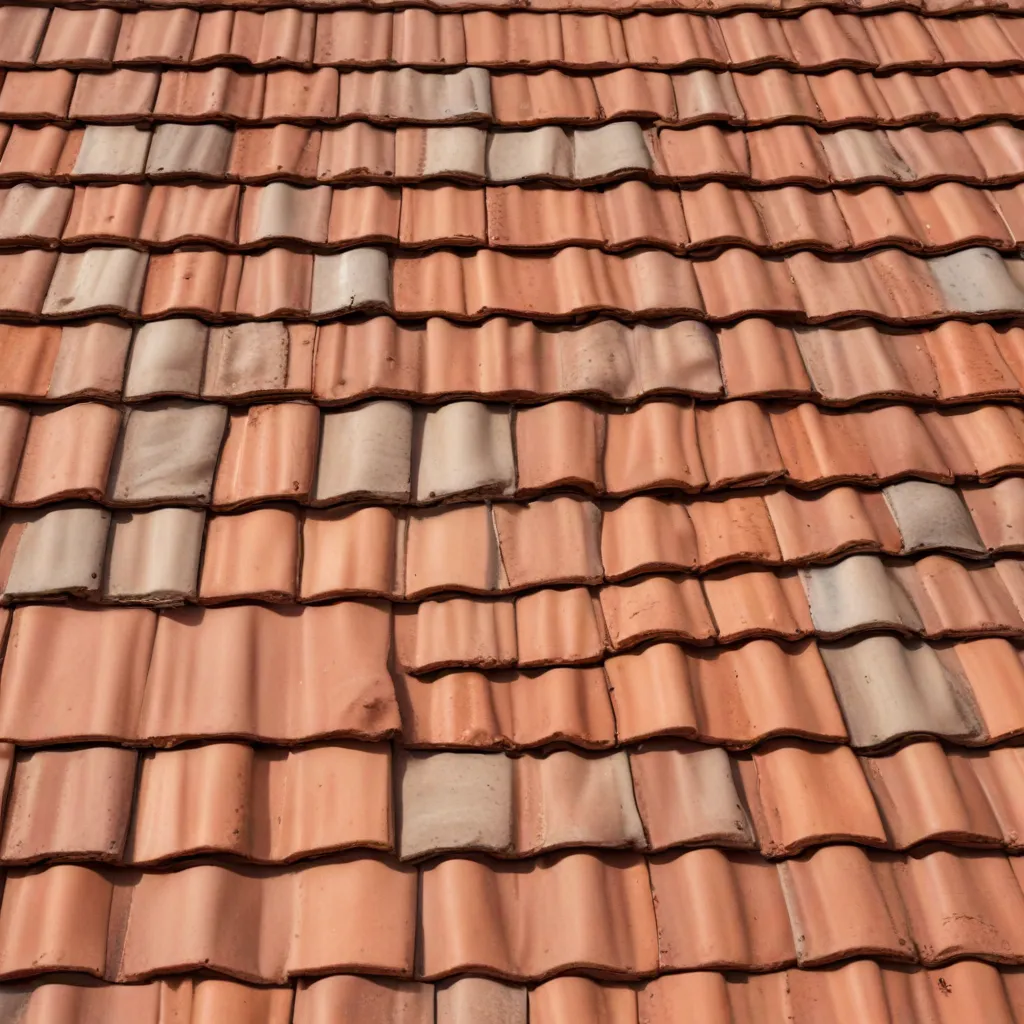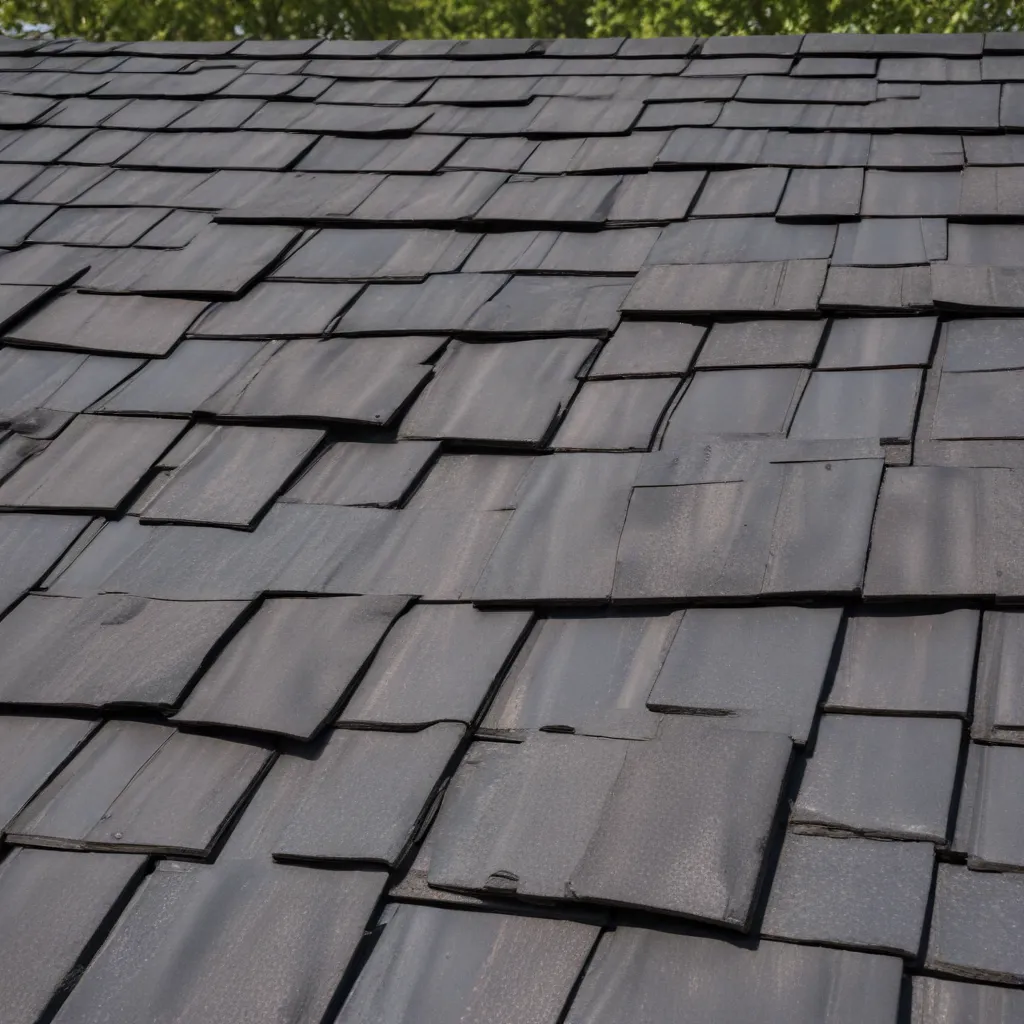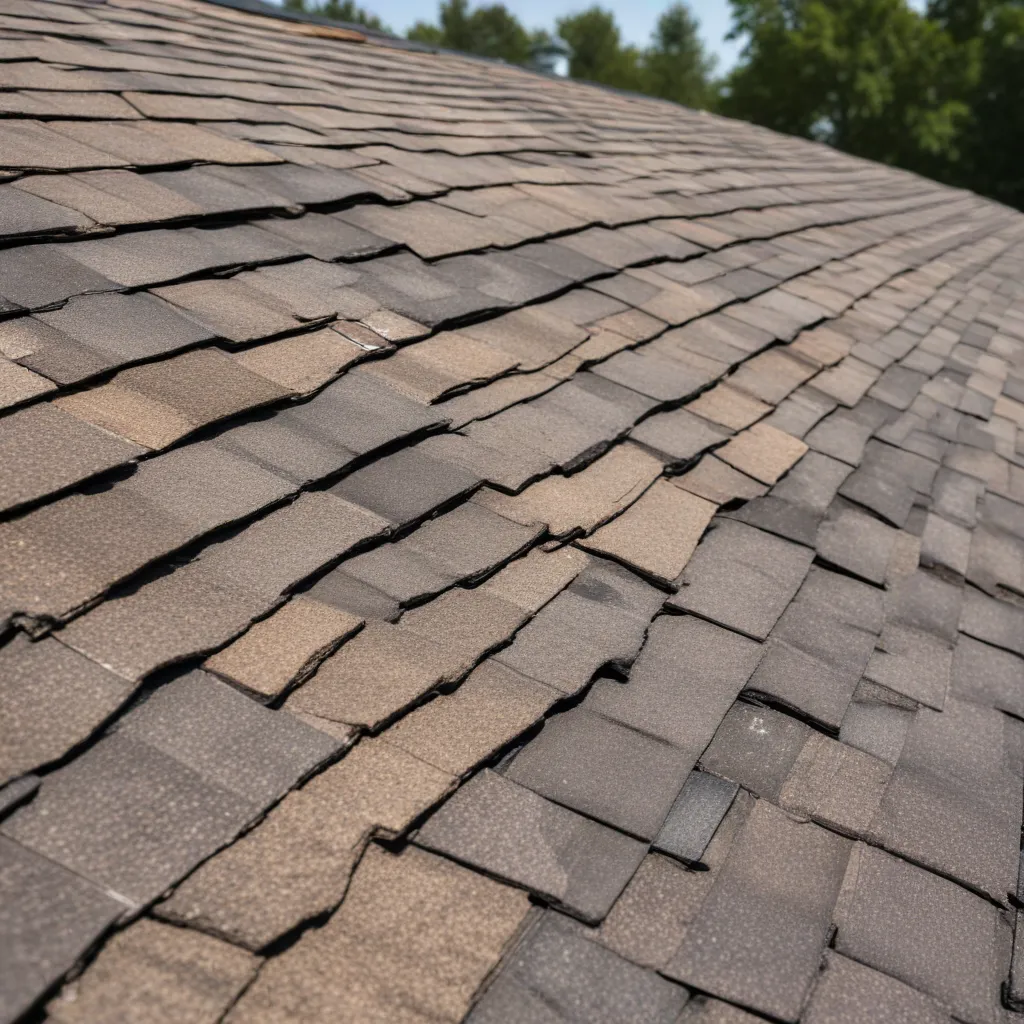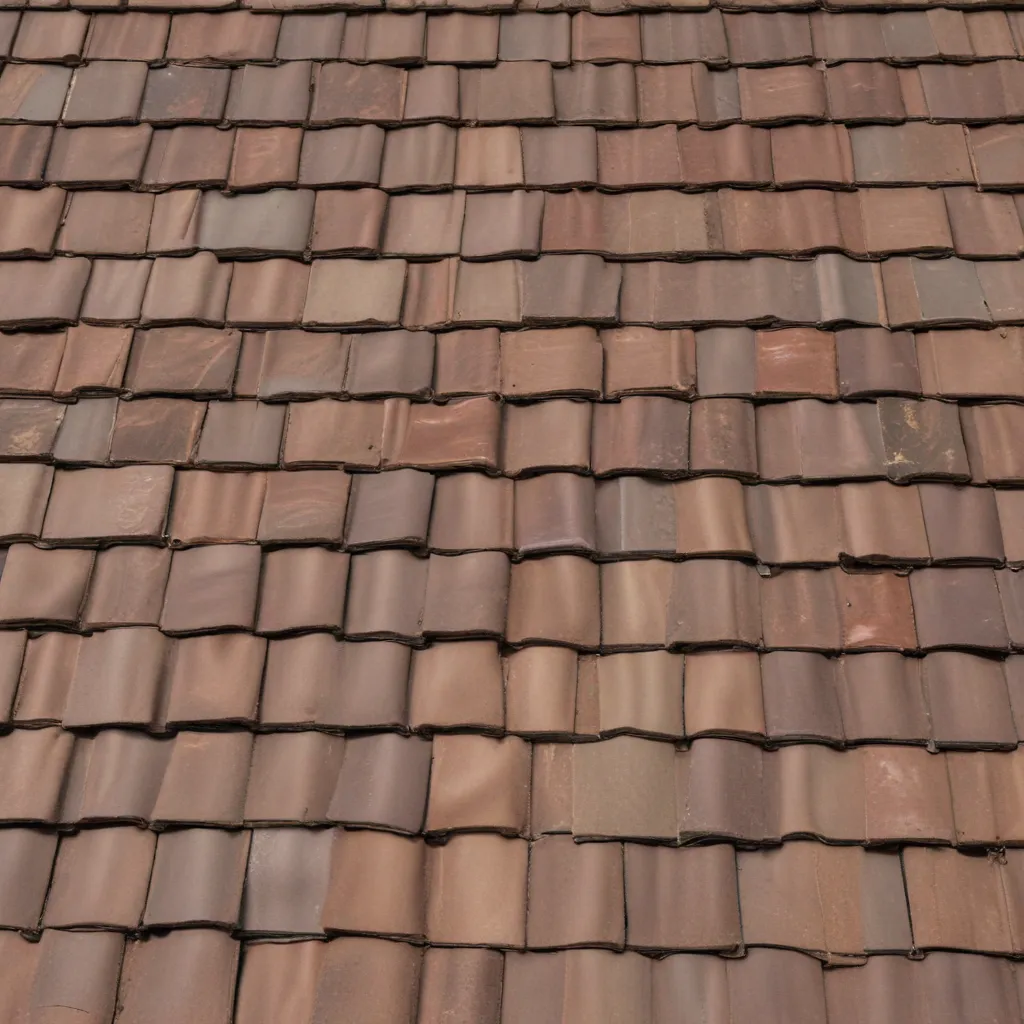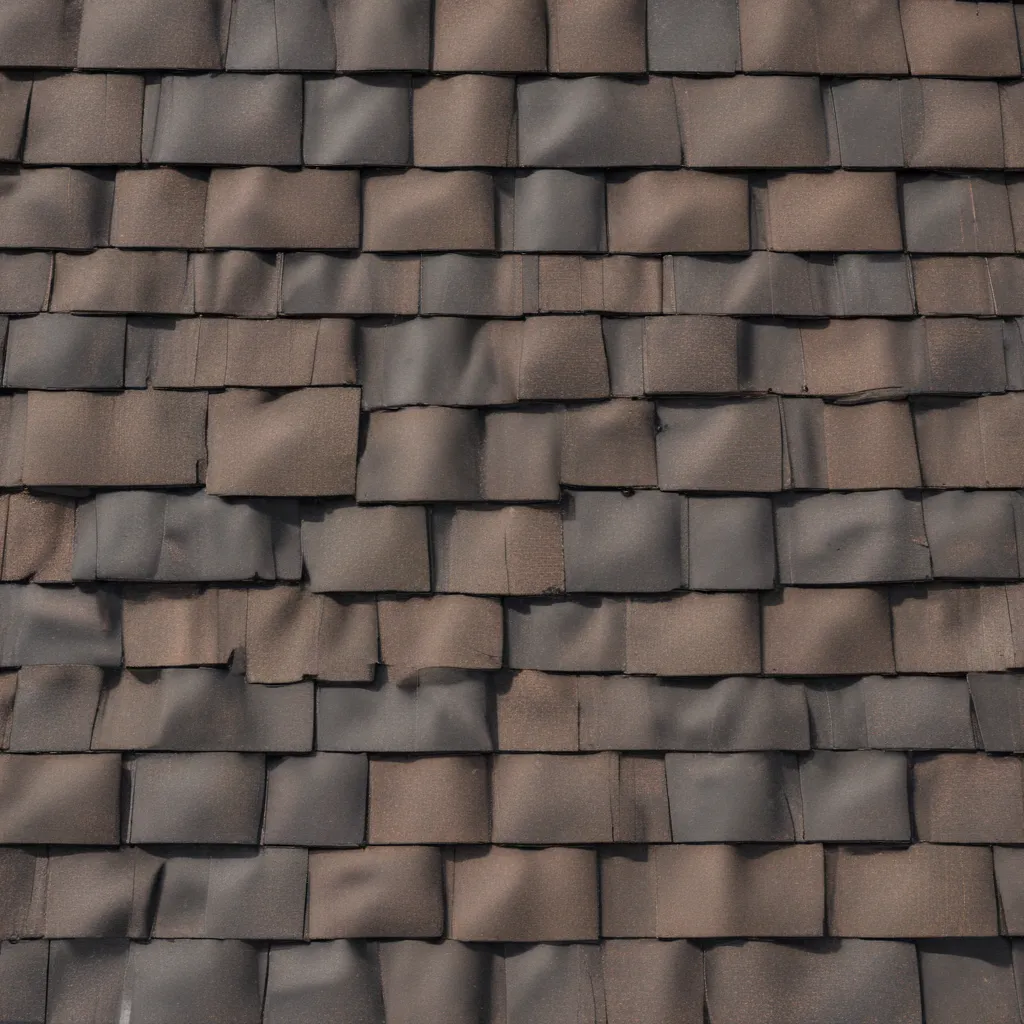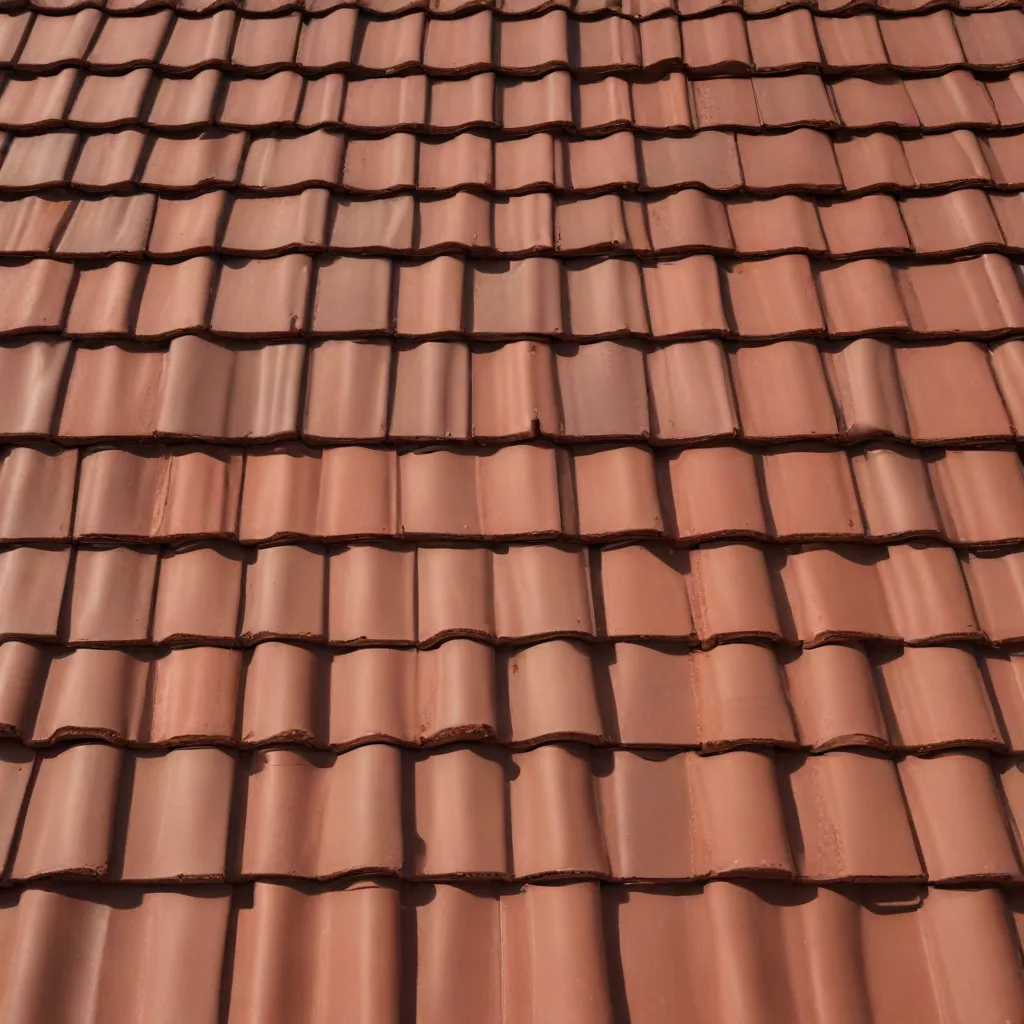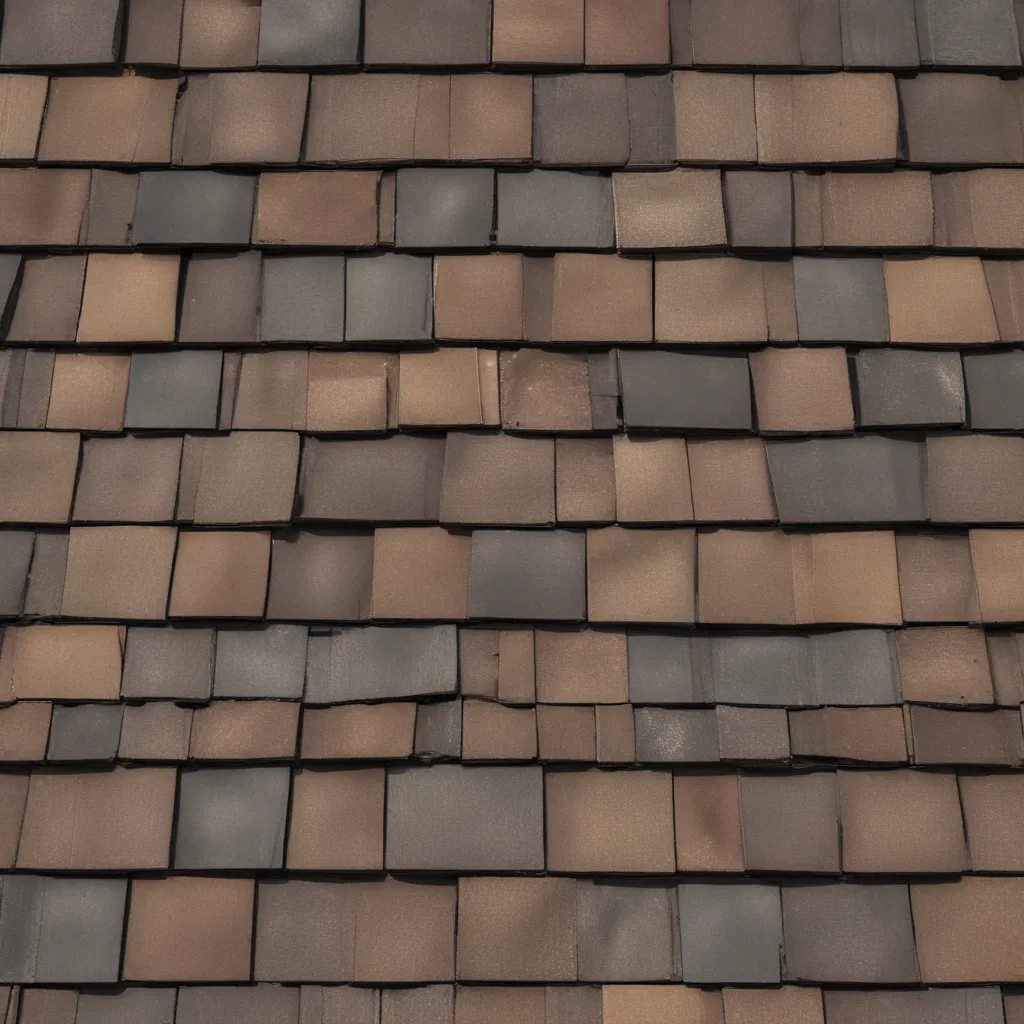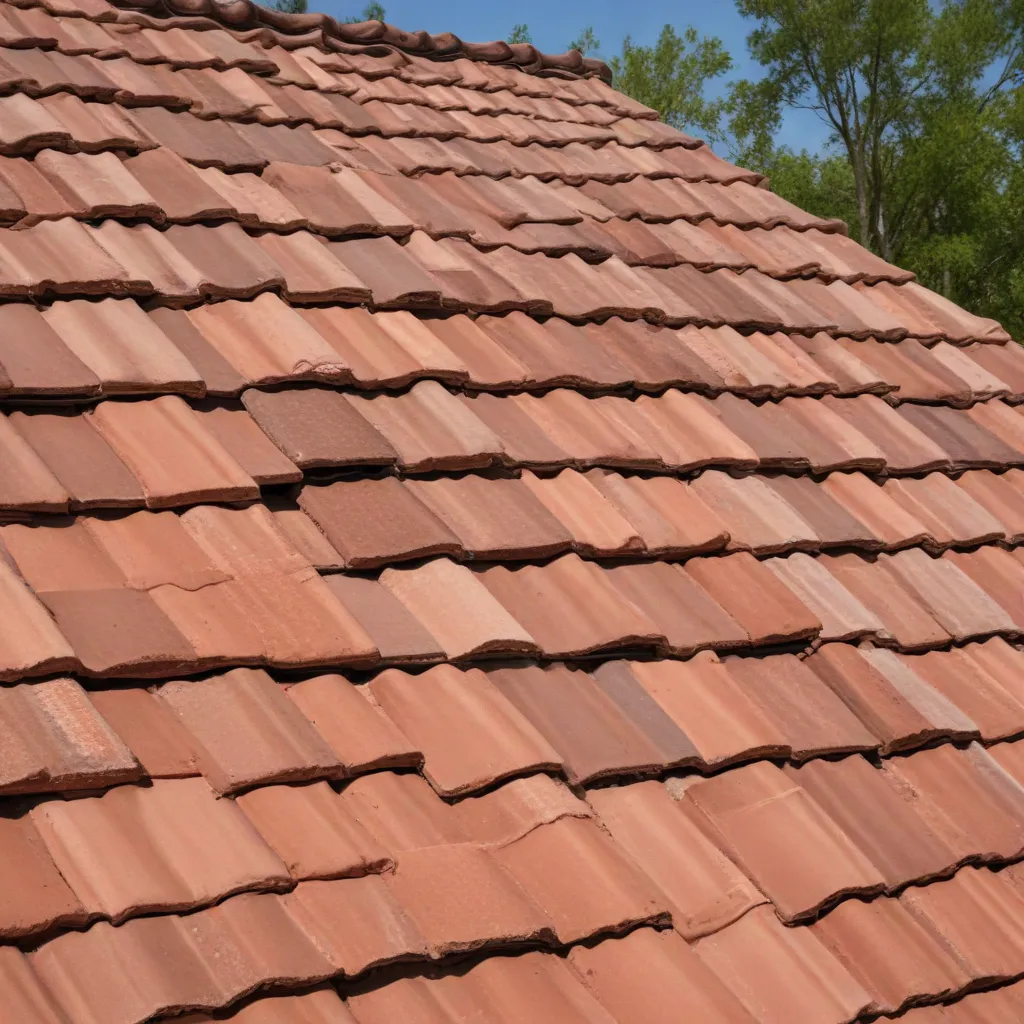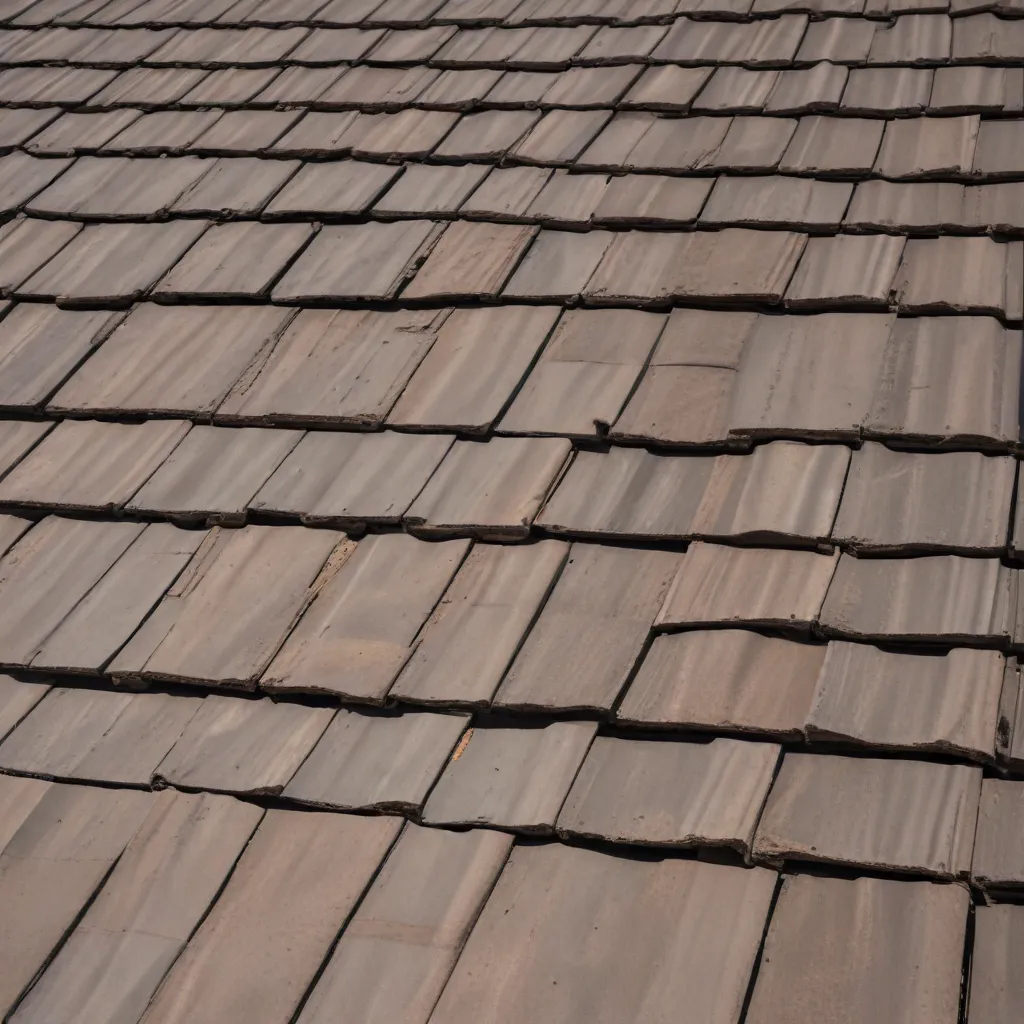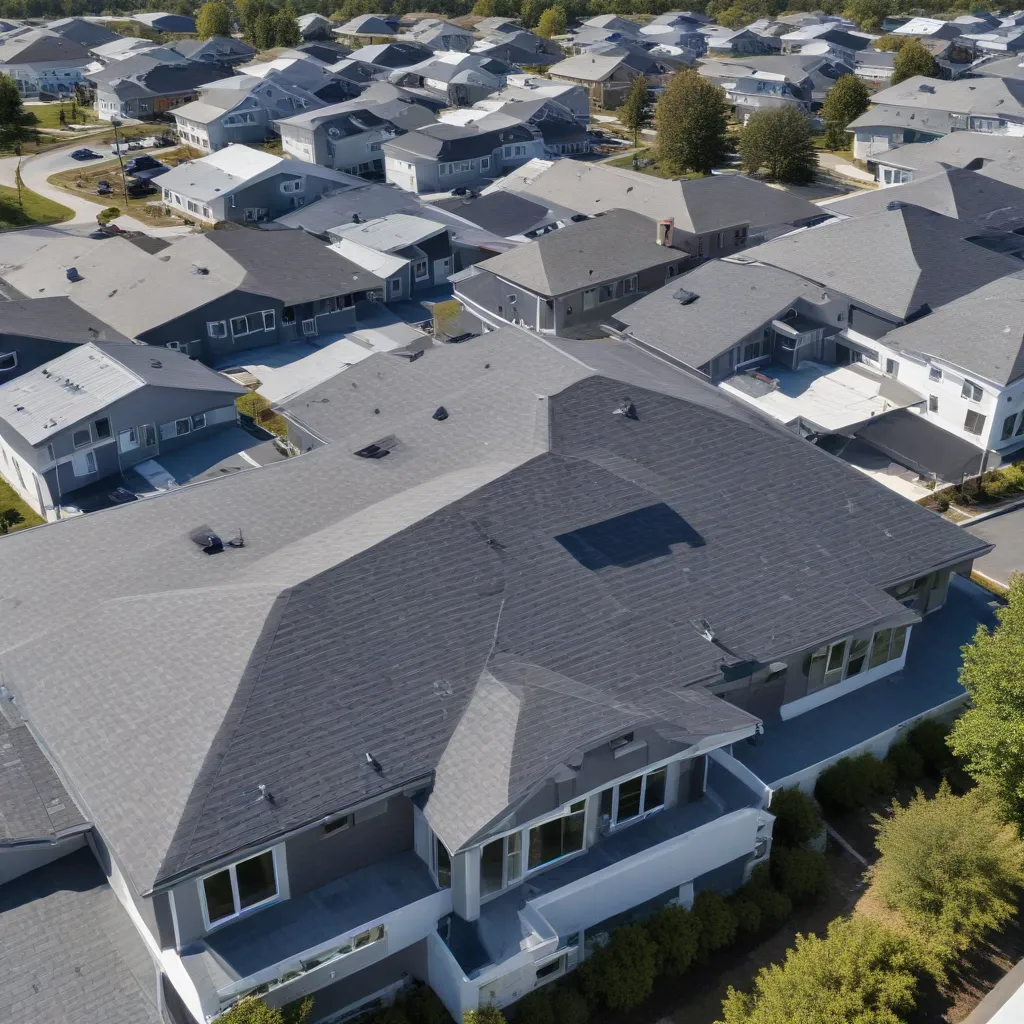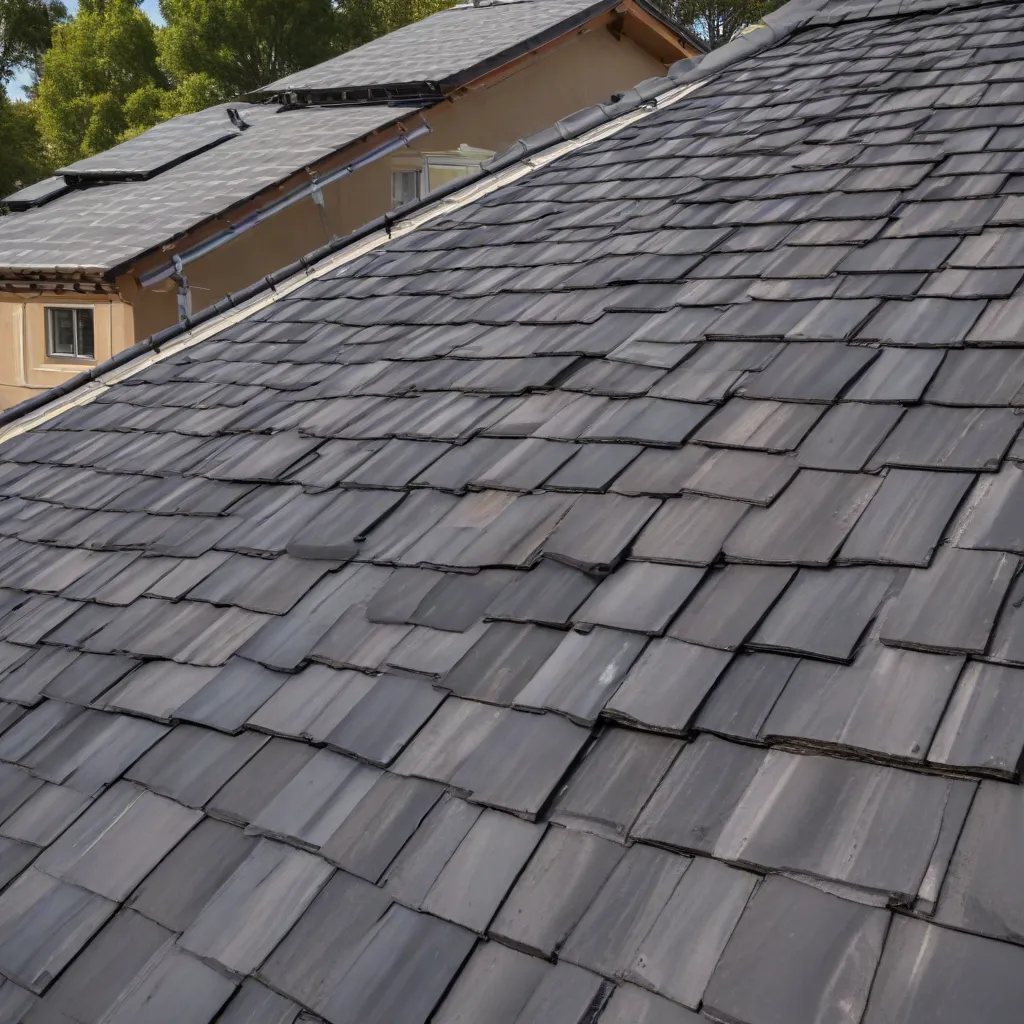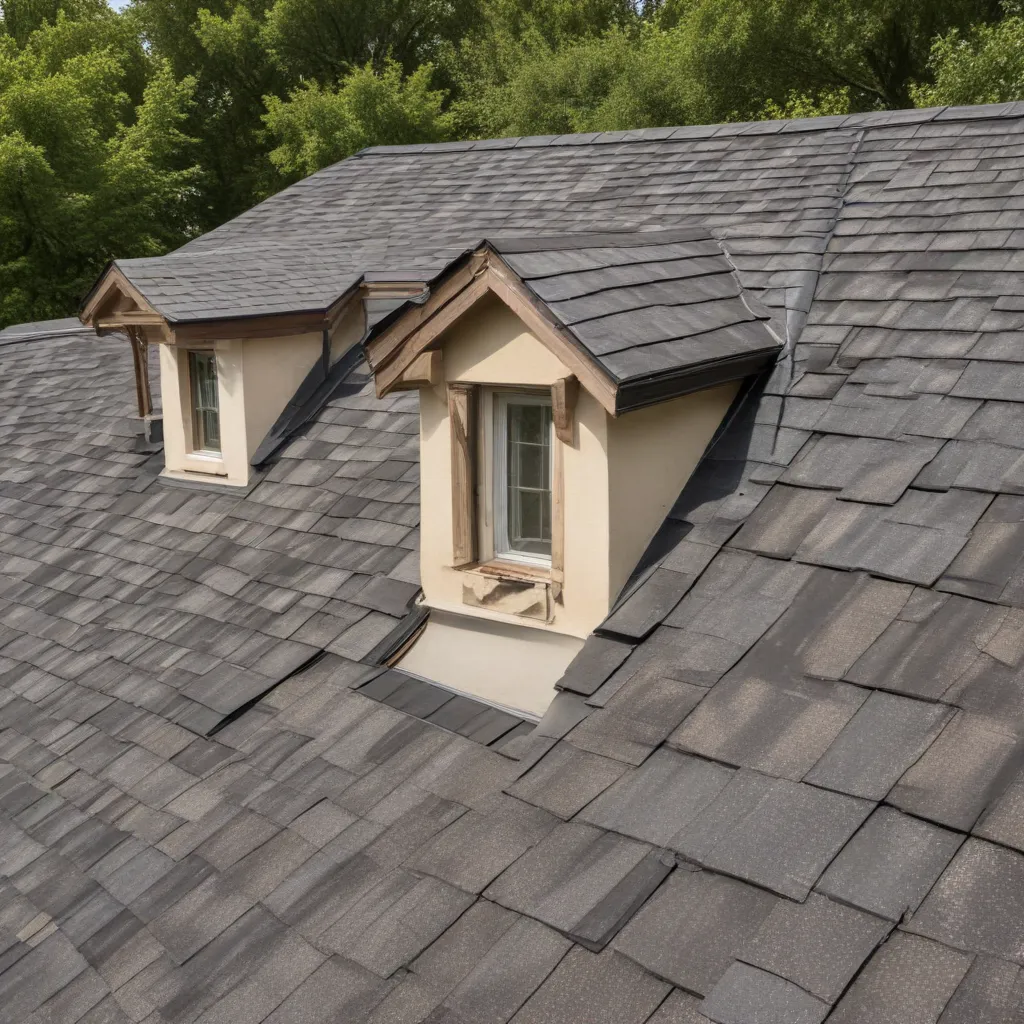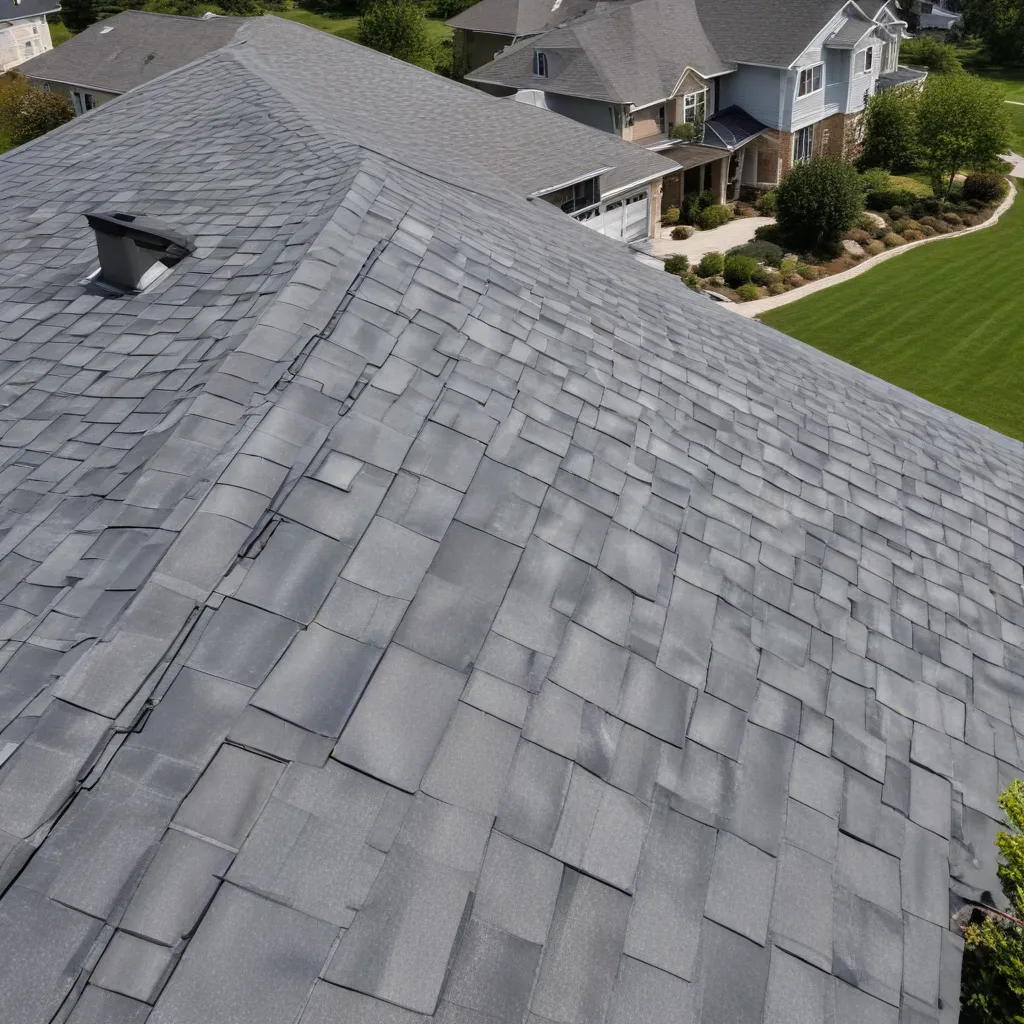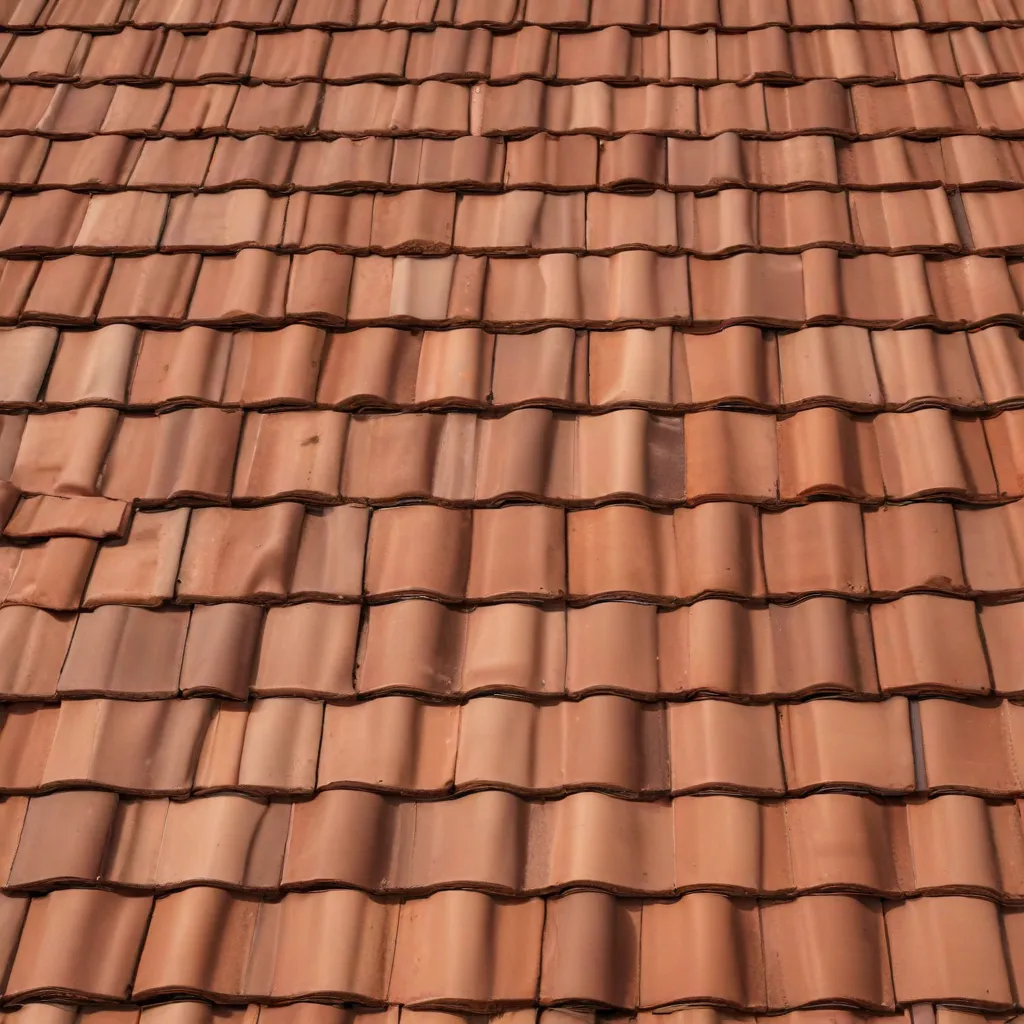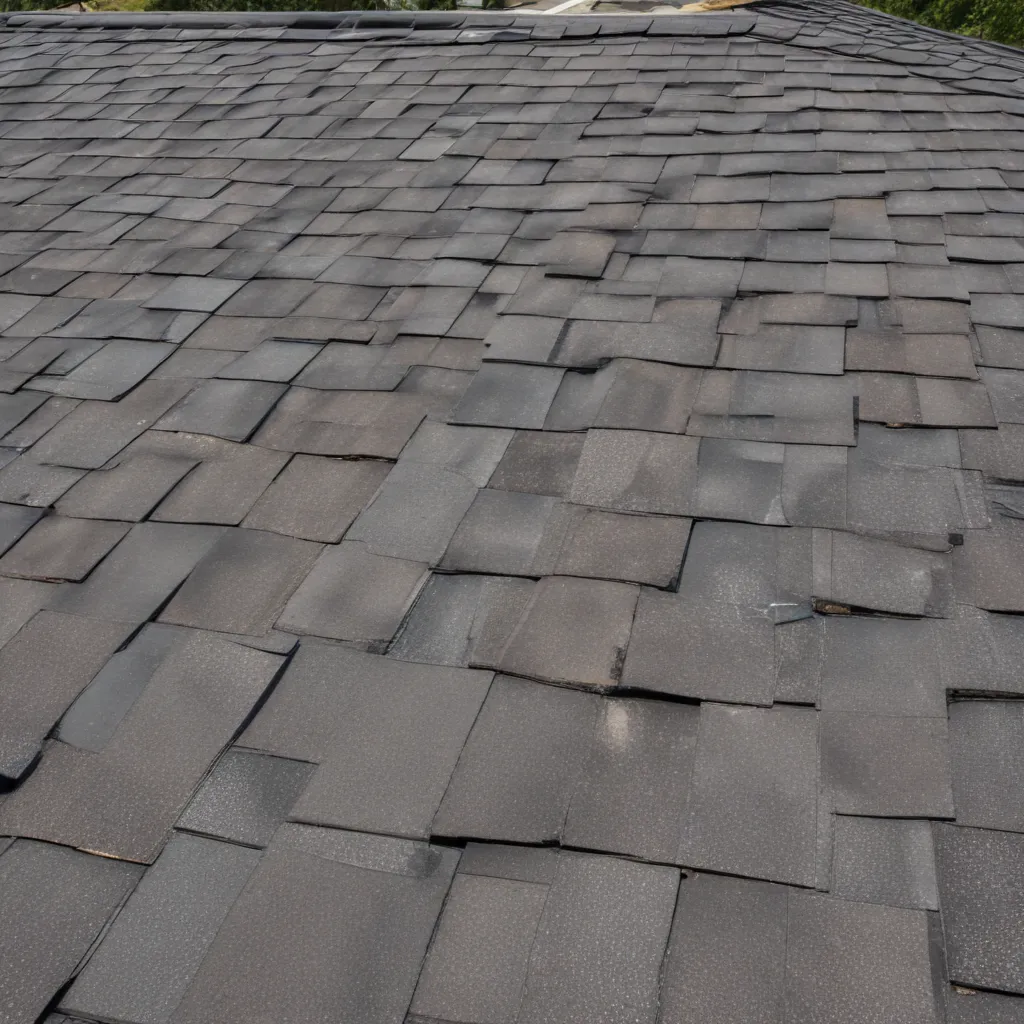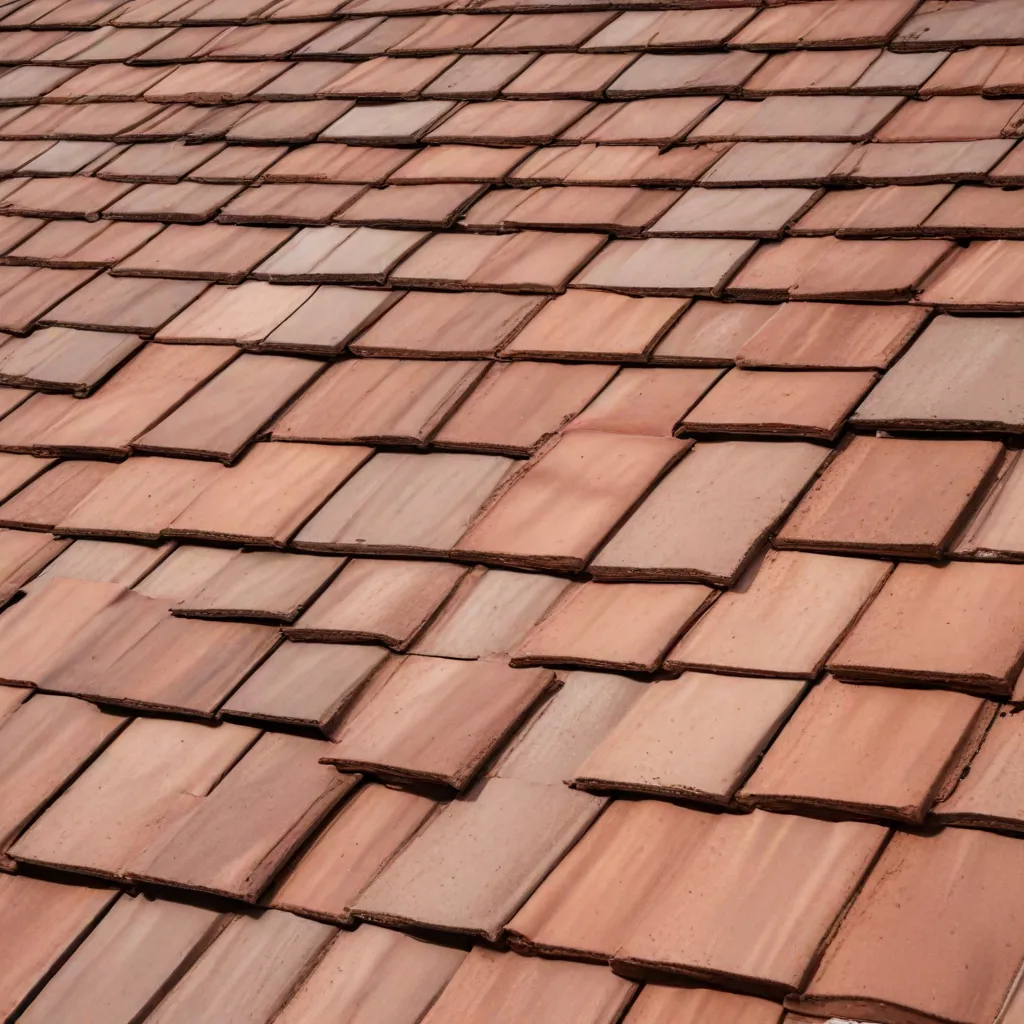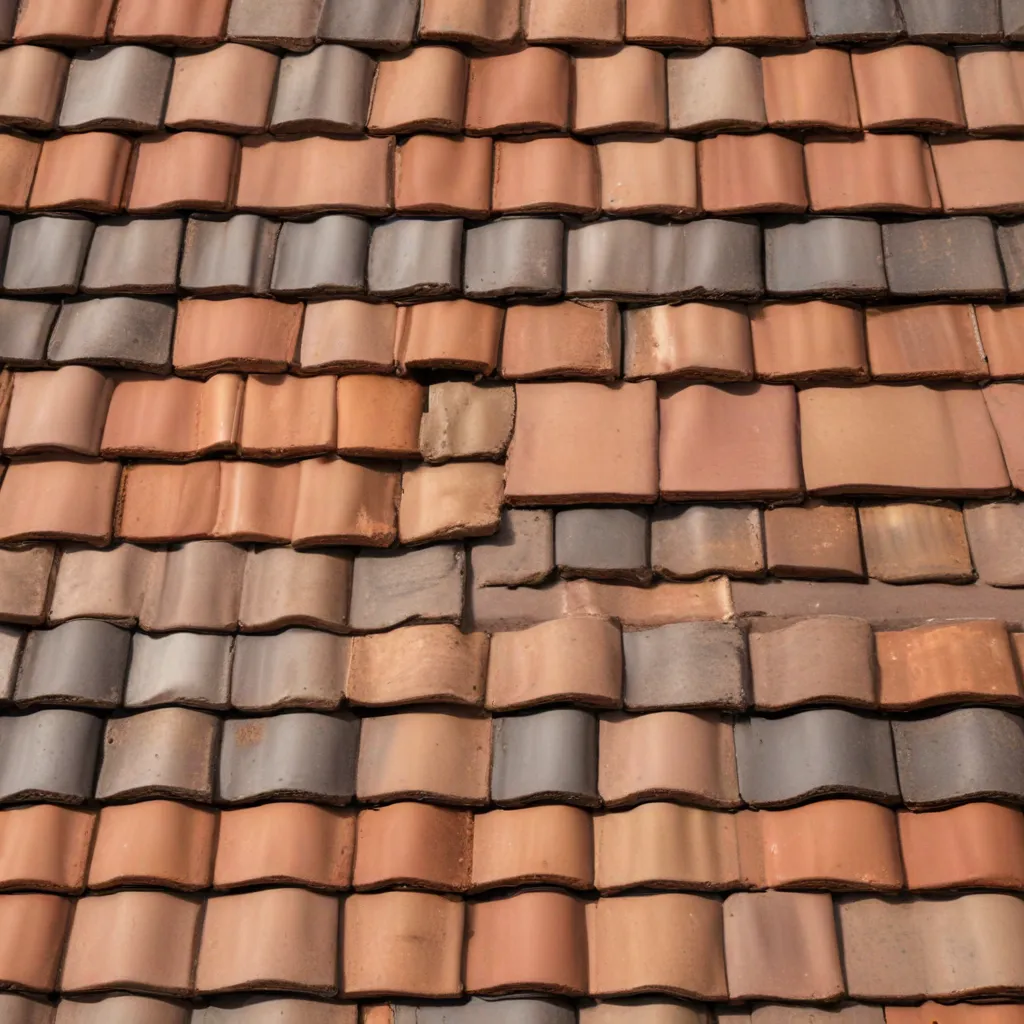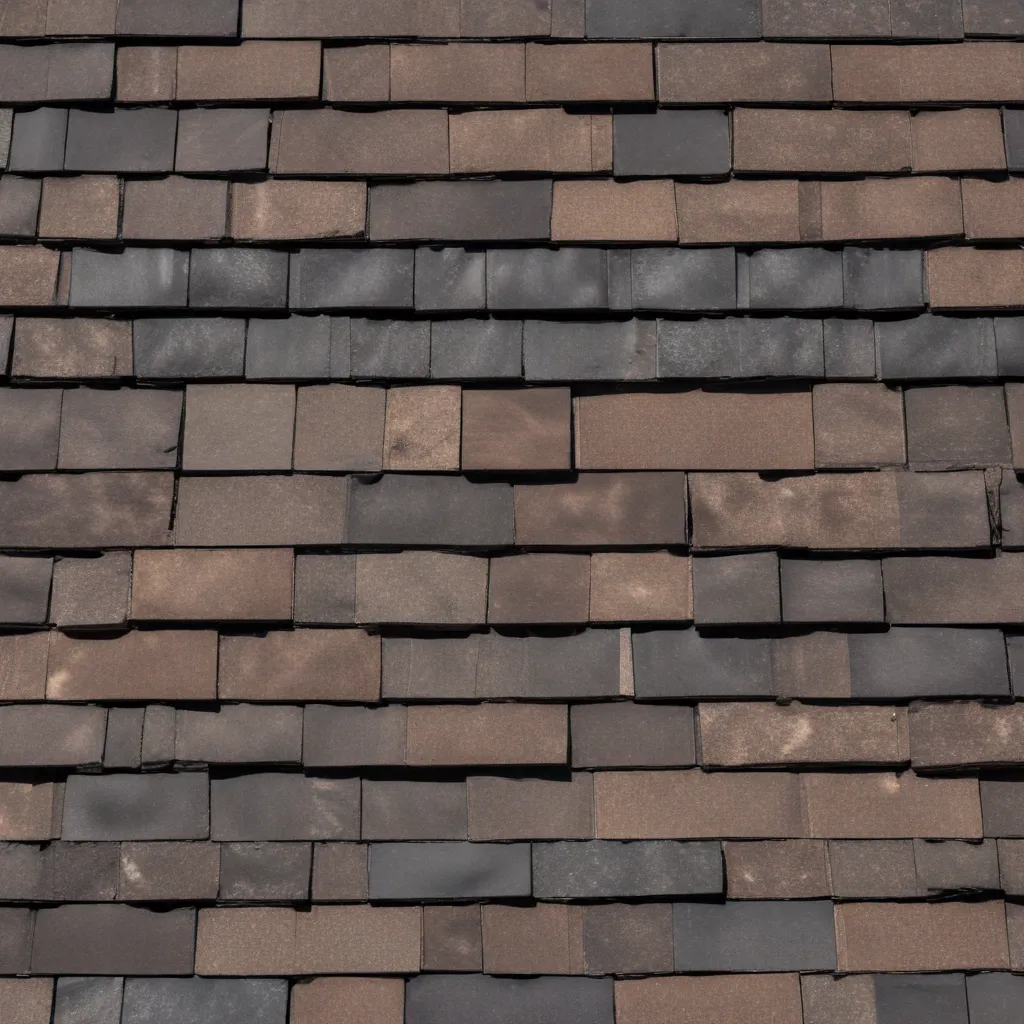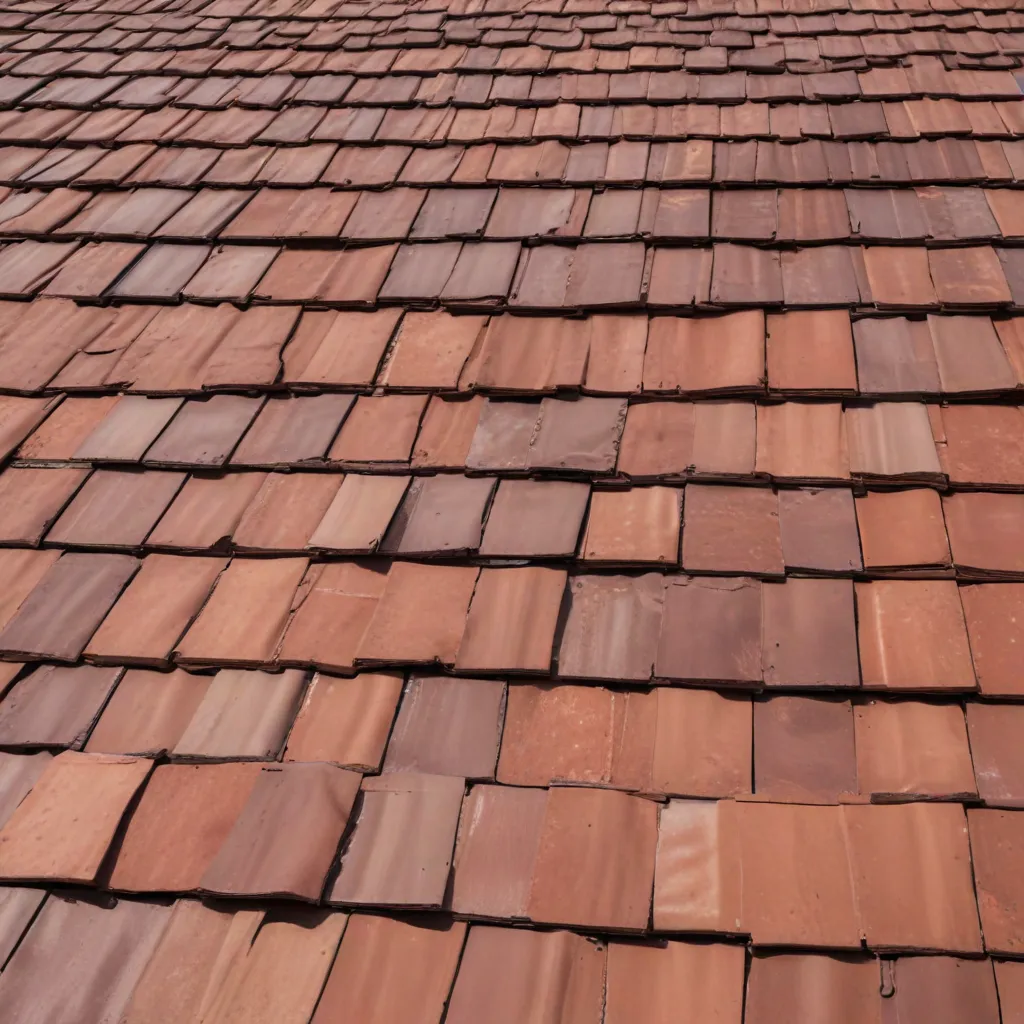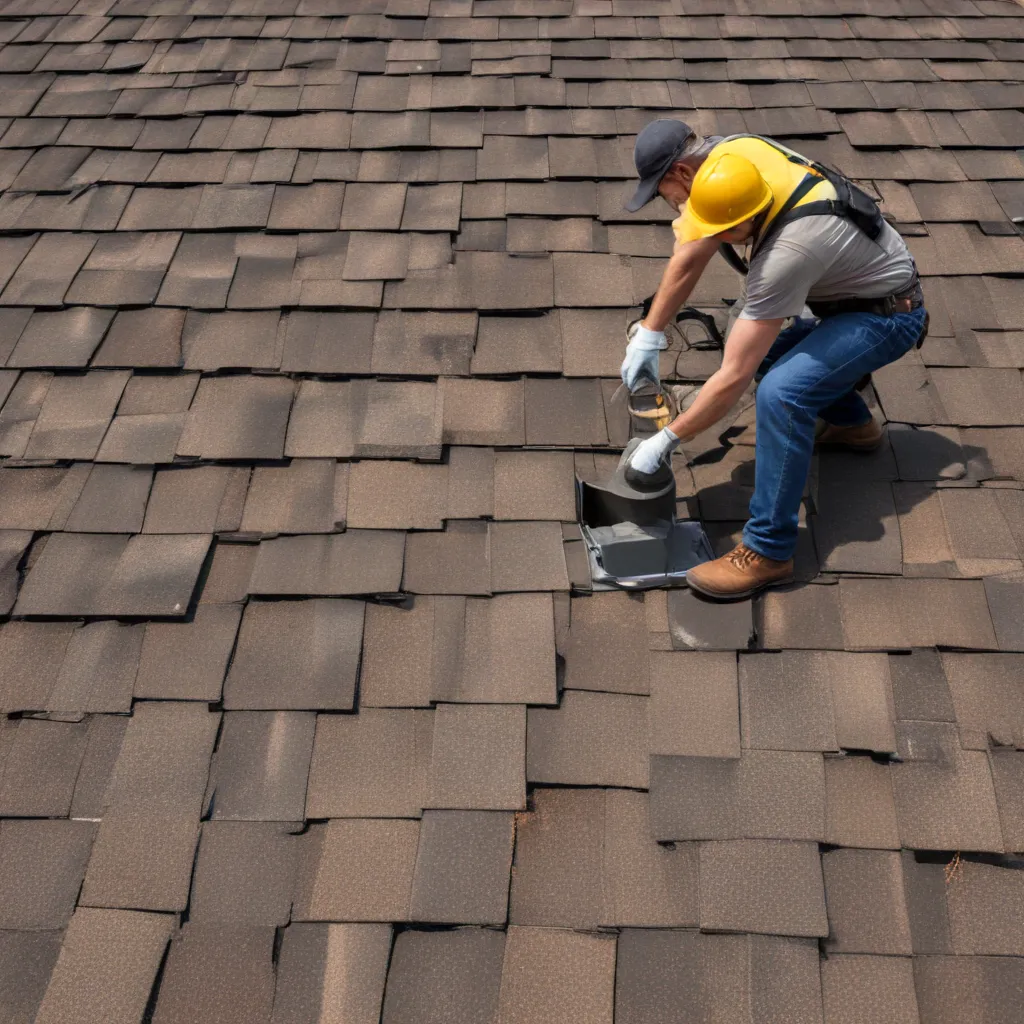
As an experienced roofing specialist at Genuine Roof Systems, I know all too well the importance of implementing effective roof inspection routines. Your roof is the first line of defense against the elements, protecting your home or commercial building from the ravages of wind, rain, and harsh weather. Neglecting regular inspections and maintenance can lead to costly problems down the line, from leaks and water damage to structural issues and decreased energy efficiency.
In this comprehensive guide, we’ll explore the key strategies for proactive roof care, equipping you with the knowledge to safeguard your investment and ensure the longevity of your roofing system. Whether you have a tile, composite, or metal roof, the principles outlined here will apply. So, let’s dive in and uncover the secrets to a well-protected, long-lasting roof.
Roof Maintenance Strategies
Scheduled Inspections
Maintaining the integrity of your roof begins with diligent, scheduled inspections. Roof inspections should be performed at least annually, ideally in the spring or fall when weather conditions are milder. A qualified roofing professional can thoroughly examine your roof, identifying any signs of wear, damage, or potential problem areas.
During an inspection, they’ll check for issues like cracked or missing shingles, loose or damaged flashing, clogged gutters and downspouts, and signs of water intrusion. By catching these problems early, you can address them proactively before they escalate into larger, more expensive repairs.
Preventative Repairs
Alongside regular inspections, it’s crucial to address any issues identified promptly. Preventative roof repairs can significantly extend the lifespan of your roofing system by nipping problems in the bud. Whether it’s replacing a few damaged shingles, sealing a leak, or reinforcing weakened flashing, these timely interventions can save you from costly, time-consuming, and often disruptive full-scale roof replacements down the line.
Roof Cleaning Techniques
Keeping your roof clean and clear of debris is another essential maintenance task. Accumulated leaves, twigs, and other organic matter can clog gutters, downspouts, and drainage systems, leading to water buildup and potential leaks. Regular roof cleaning, using gentle, non-abrasive methods, helps maintain optimal water flow and prevents premature wear and tear on your roofing materials.
Roof Vulnerability Assessment
Common Roof Damage Indicators
As you perform your inspections or simply observe your roof, be on the lookout for telltale signs of damage or deterioration. This could include cracked, curled, or missing shingles, rusted or corroded metal panels, crumbling or disintegrating concrete tiles, or even visible leaks or water stains** on your interior ceilings and walls.
Identifying these issues early on allows you to address them proactively, mitigating the risk of further damage and ensuring the continued performance of your roofing system.
Environmental Factors Influencing Roof Life
The lifespan of your roof isn’t solely dependent on the quality of its installation and materials. Environmental factors, such as your local climate, can also significantly impact its durability and longevity. Regions with heavy snowfall, high winds, or intense UV radiation tend to put more strain on roofing systems, leading to accelerated wear and tear.
Understanding the unique challenges posed by your local environment empowers you to make informed decisions about roof maintenance, material selection, and protective measures.
Identifying Potential Problem Areas
During your inspections, pay close attention to areas of your roof that may be more vulnerable to damage or premature aging. These could include roof valleys, eaves, skylights, chimneys, and vent pipes – places where water, debris, and external forces converge. By staying vigilant and addressing issues in these high-risk zones, you can safeguard your roof’s overall longevity.
Proactive Measures for Roof Protection
Roof Material Selection
When it comes to long-term roof protection, the choice of roofing material is paramount. Metal roofs, for instance, are renowned for their exceptional durability, resistance to weathering, and low maintenance requirements. Tile roofs, on the other hand, offer unparalleled aesthetic appeal and fire resistance, making them a popular choice in certain regions. Composite or asphalt shingles provide a cost-effective option with a range of design possibilities.
Carefully weighing the pros and cons of each material, in light of your specific needs and environment, will ensure you make an informed decision that delivers lasting performance and value.
Roof System Design Considerations
Alongside material selection, the overall design of your roofing system plays a crucial role in its longevity. Factors such as roof slope, ventilation, insulation, and underlayment can all impact the roof’s resilience and energy efficiency. Consulting with a roofing specialist can help you optimize your roof’s design for maximum protection and performance.
Maintenance Best Practices
Implementing a comprehensive maintenance regimen is essential for safeguarding your roof’s long-term condition. This includes regularly clearing debris, inspecting and repairing flashings, maintaining soffit and fascia systems, and ensuring proper drainage to prevent water accumulation. Staying vigilant and proactive with these simple tasks can significantly extend the life of your roof.
Benefits of Comprehensive Roof Care
Extended Roof Lifespan
By diligently maintaining your roof through scheduled inspections, prompt repairs, and proactive measures, you can dramatically extend its lifespan. Metal roofs, for instance, can last 40-70 years or more with proper care, while tile roofs and composite shingles can also exceed their expected lifespans when well-maintained.
Reduced Repair Costs
Addressing roof issues early on through preventative maintenance can save you a substantial amount of money in the long run. Catching and resolving minor problems before they escalate into major, costly repairs is the key to maximizing the return on your roofing investment.
Improved Energy Efficiency
A well-maintained roof can also contribute to significant energy savings for your home or building. Proper insulation, ventilation, and reflective coatings help regulate indoor temperatures, reducing the strain on your HVAC system and lowering your utility bills.
Investing in comprehensive roof care is a proactive strategy that pays dividends over time, safeguarding your property, your finances, and your peace of mind. By partnering with Genuine Roof Systems, you can rest assured that your roof will remain a reliable, long-lasting, and energy-efficient asset for years to come.

